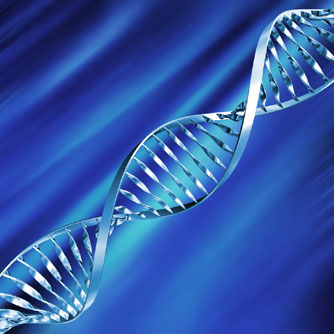The “longevity” protein SIRT1, known for its life-spanning effects in different species, inhibits the development of a known precursor to prostate cancer, widening a pathway for discovery of new cancer prevention drugs that could not only block prostate cancer but promote longevity.
Thomas Jefferson University (Pennsylvania, USA) scientists have discovered that the “longevity” protein SIRT1, known for its life-spanning effects in different species, inhibits the development of a known precursor to prostate cancer. Richard G. Pestell and colleagues found that deletion of the Sirt1 gene in mice resulted in formation of prostatic intraepithelial neoplasia (PIN) lesions, which are associated with reduced autophagy, or the necessary degradation of a cell’s own components and most likely essential for tumor suppression. The results suggest that the Sirt1 gene promotes autophagy and further highlight the role of the protein SIRT1 (the human homologue of the yeast Silent Information Regulator 2 (Sir2) gene) as a tumor suppressor in the prostate. Explaining that: “Prostate cancer is one of the malignancies that has a very direct relationship to aging,” Dr. Pestell submits that: “These results provide a direct link for the first time between the onset of prostate cancer and the Sirt1 gene that regulate aging.” Consequently, researchers are hopeful that this finding widens a pathway for discovery of new cancer prevention drugs that could not only block prostate cancer but promote longevity.
-
Michael J Powell, Mathew C. Casimiro, Carlos Cordon-Cardo, Xiaohong He, Wen-Shuz Yeow, Chenguang Wang, Peter McCue, Michael W McBurney, Richard G Pestell. “Disruption of a Sirt1 Dependent Autophagy Checkpoint in the Prostate Results in Prostatic Intraepithelial Neoplasia Lesion Formation.” Cancer Research, December 28, 2010; doi:10.1158/0008-5472.CAN-10-3172.


